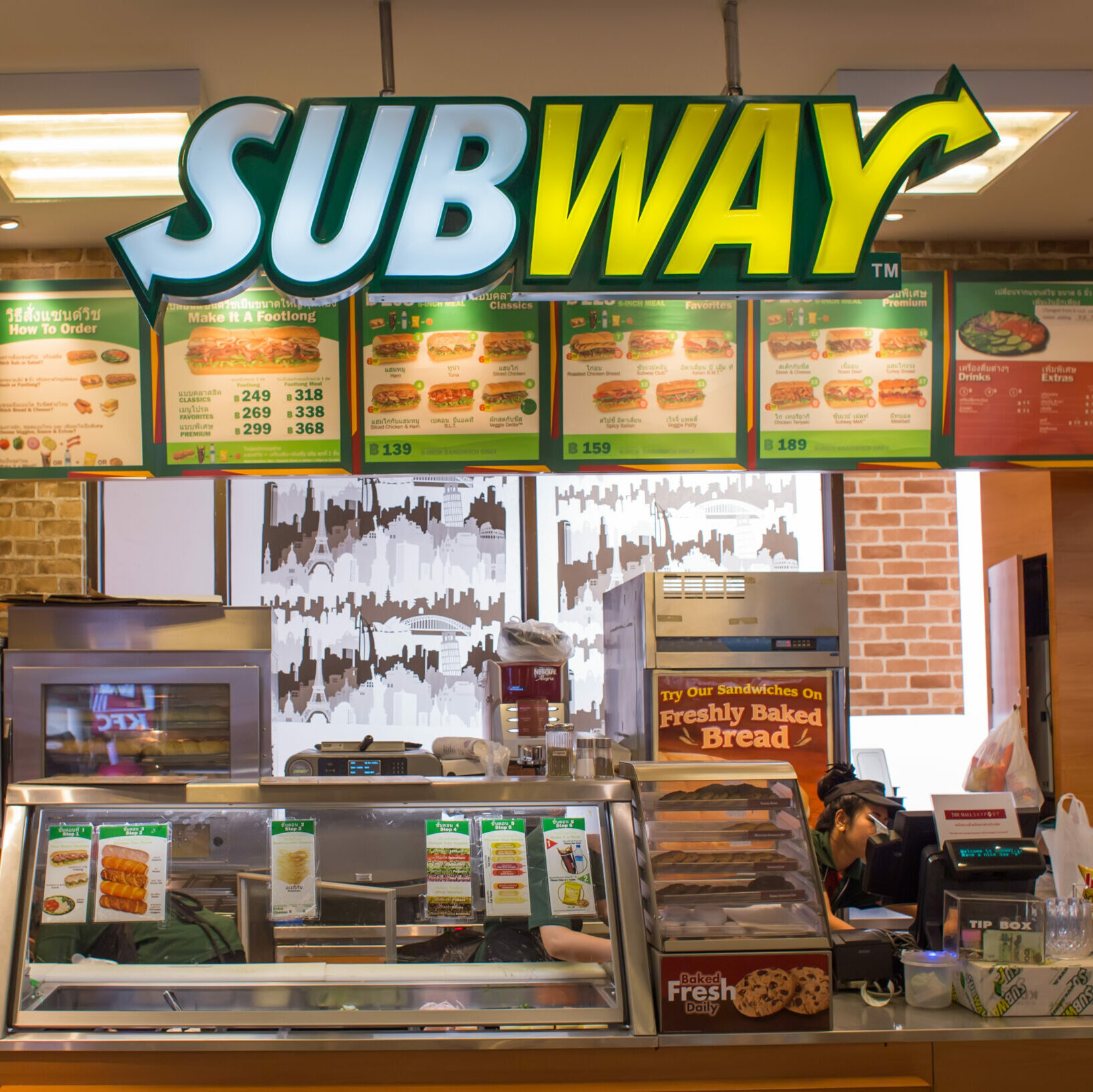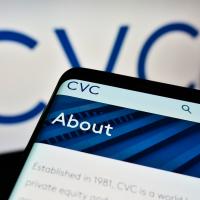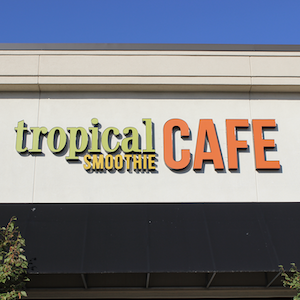Cebile Capital has released its H1 2022 Secondaries Outlook Report, which summarises key trends witnessed in 2021 and early 2022, as well as the outlook for the rest of the year. Active secondaries investors globally were surveyed to gain insight into their investment activity.
Cebile Capital has released its H1 2022 Secondaries Outlook Report, which summarises key trends witnessed in 2021 and early 2022, as well as the outlook for the rest of the year. Active secondaries investors globally were surveyed to gain insight into their investment activity.
The report finds that a record $130 billion in secondary deals were completed in 2021, exceeding previous expectations of $100-$105 million from the prior secondaries market survey. Market expectations for 2022 are for similar transaction volumes, with estimates ranging from $110-$150 billion. Similarly, the overall trend of an increasing proportion of GP-led deals has continued, though 2021’s proportion of 50% was somewhat less than that of 2020 (60%).
The secondaries market continues to exhibit a boom period, showing record rates of buyer activity and deal flow. This activity has been coupled with fundraising reaching above pre-pandemic levels; with almost $40 billion raised in 2021 across 45 funds. However, these levels remain below the record-breaking 2020 volume with approximately $80 billion raised across 37 funds in that year.
While the secondaries market has its roots in LP portfolio deals, 2021 saw a positive increase in the volume of Single-Asset transactions, which included strong performing assets where the investors saw meaningful upside. The increased use of this deal technology was best exemplified by multiple >$1 billion transactions in 2021. While return expectations for these assets have not changed, many managers expect to focus more on LP portfolio opportunities in 2022 to support portfolio diversification. Approximately two-thirds of survey respondents are either capacity constrained or are only looking to add exposure to Single-Asset transactions opportunistically.
Over the past year, over 80% of continuation fund vehicles have priced at a small discount (less than 10%) to a premium, with approximately 60% pricing at par or better. This pricing reflects a meaningful improvement over 2020 pricing, when many secondary deals were completed at double-digit discounts. The pricing improvement here was a result of improved financial conditions in 2021, as well as an easing of concerns concerning the impact of the pandemic. Broad return expectations for various deal types generally remained in line with historical norms.
While pricing tightened in 2021, buyers’ attitudes have become more pessimistic about valuations. The shift in buyers’ view comes from the dual headwinds of a rising rate environment and recent geopolitical tensions (such as the war in Ukraine). Approximately 90% of respondents expect a quarter on quarter drop, with approximately 20% expecting a decline of over 10%. Survey participants also noted a small shift towards a greater focus on developed markets with 10% expecting to reduce exposure to developing markets.
Market attitudes towards several deal features remained consistent throughout 2021. Roughly two-thirds of participants participated in deals with super-carry (top carry hurdle of >20%); of whom approximately one-fourth saw it in at least 25% of their deals. Similarly, unfunded deal capital remained commonplace with approximately 85% of deals including at least 10% of the deal as follow-on capital. Conversely, staples remain broadly unpopular with some 45% of respondents not accepting this feature in their deals and only circa 20% being open to providing a staple when there is a pre-existing relationship.






